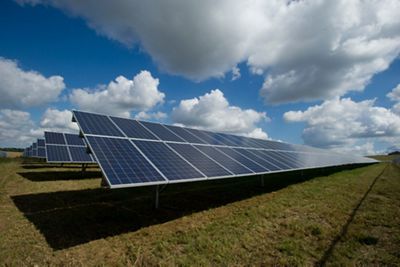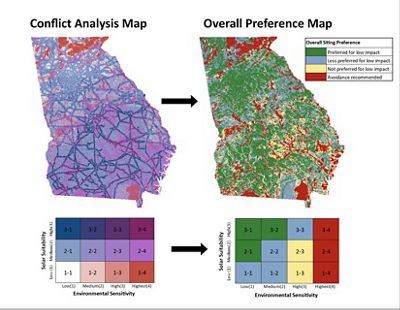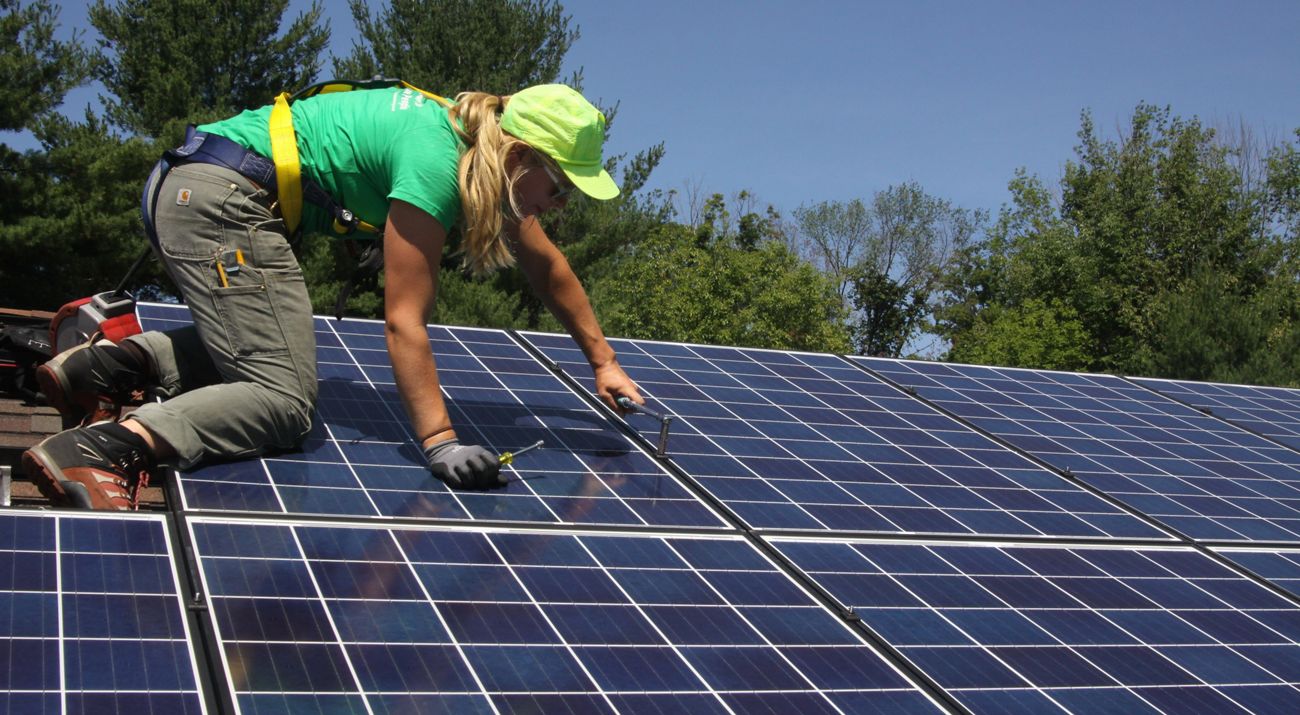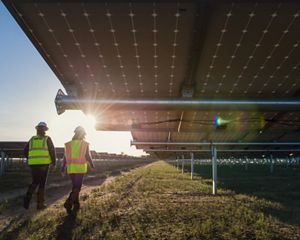Low Impact Solar Siting in Georgia
Accelerating a clean and green energy future for Georgia
Shifting from fossil fuels to clean renewable energy is vital to achieving the low-carbon future we need to combat climate change. Fortunately, Georgia’s land characteristics and plentiful sunshine make the state perfect for home-grown renewable energy. Aided by improving technology and decreasing costs for production, the expansion of Georgia’s solar industry is providing an important source of clean energy as well as job creation for the state.
Over the past 10 years, breakthroughs in technology have made clean, renewable energy both accessible and affordable in Georgia and across the country. For example:
- Nearly two-thirds of the nation’s new planned power generation is either a solar or wind energy project.
- Renewable energy jobs are among the fastest growing jobs in the country.
- Wind power is already cheaper per watt than natural gas in many parts of the country.
Yet we are still just scratching the surface of the nation’s vast technological, manufacturing and renewable power resources, along with the potential to lead world markets in the production of clean, homegrown energy.
To seize on this potential, The Nature Conservancy in Georgia has developed the Georgia Low Impact Solar Siting Tool (GA LISST), which aims to accelerate large-scale solar development in areas of lower environmental sensitivity. Shifting from fossil fuels to clean renewable energy is vital to achieving the low-carbon future we need to combat climate change. Fortunately, Georgia’s land characteristics and plentiful sunshine make the state perfect for home-grown renewable energy. Unlike power facilities that run on coal or gas, solar facilities require no fuel source beyond the power of the sun, and solar energy is free of the carbon pollution inherent in fossil fuels.
The Nature Conservancy in Georgia has worked with conservation partners, utilities and solar developers in Georgia to analyze data and design a publicly available mapping resource for solar installations. The project uses scientific analysis to consider the spatial interplay between what solar developers need from a site and the potential environmental sensitivity of sites to solar development. The results of this project provide decision makers with resources to identify and select lower impact projects and proactively plan for the future.

Interpreting the Tool
When launched, the tool first displays the Overall Preference Rankings for Low Impact Solar Siting. These rankings, derived from Land Use Conflict Identification Strategy (LUCIS) modeling, consider both the solar suitability and environmental sensitivity of a given site. Green areas are ideal for low impact development due to high solar suitability and low environmental sensitivity. Blue areas are less preferred, and yellow areas are not preferred. Red areas are the most sensitive and should be avoided if possible.

Georgia Low Impact Solar Siting Tool User Guide
Download the GuidePurpose of the Tool
Solar development is rapidly expanding in Georgia, bringing a beneficial source of green jobs and revenue for the state as well as providing clean renewable energy to Georgia. Proactive siting of these projects away from sensitive landscapes can accelerate the transition to cleaner energy while minimizing impacts to natural ecosystems and imperiled species such as the gopher tortoise. Avoidance of the more sensitive lands protects habitats and supports the resiliency of Georgia’s ecosystems.
Prioritizing lower impact areas for development also minimizes release of carbon during project development. The framework can also decrease uncertainty for developers by minimizing the risk of public opposition and species impacts that can cause project delays and unexpected costs. The GA LISST can help solar developers, local governments, landowners, utilities and regulators identify sites that are ideal for large-scale solar facility development in areas of low conservation concern.
Have a question?
Send us an emailAdditional Resources
We Can’t Save Nature Without You
Sign up to receive monthly conservation news and updates from Georgia. Get a preview of Georgia’s Nature News email.




